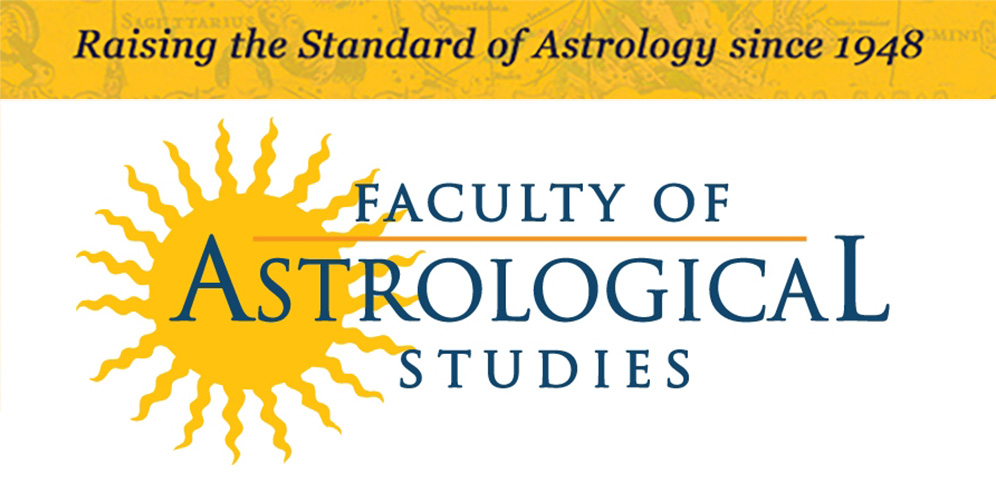“Oh, it’s such a perfect day, I’m glad I spent it with you” – Lou Reid
Introduction
Over time many aspects of astrology have piqued my interest. In the early years the house systems kept me busy for months and at one time antiscia became an obsession. During the past few years I have turned my focus to the oriental planet or, as otherwise known as, the planet of oriental appearance. Not to be confused with the planet oriental by figure i.e. a rising planet conjunct the ascendant.
Below are some of my thoughts and observations which I developed through personal experience working with charts. It may well not fit with your views on transits but I wanted to share with you how I developed my understanding through simple observation.
Daily energy
For the past few years we have lived under the Uranus Pluto square and the grand water trine with Jupiter, Saturn and Neptune which formed on an off during the summer of 2013. Theses are broad stroke transits and they create a backdrop for the details.
The energy of each day is different. The mood is set by the Moon and I have found the tone of the day is influenced by the transiting oriental planet. The planet which rises each day before the Sun is the transiting oriental planet and is the harbinger for the main act of the day that is the Sun. The oriental planet is similar the comedienne who warms up an audience before the main act. As in entertainment some comics (or oriental planets) have better lines than others.
Sunrise, sunset
I have always followed the Sun. I discovered that many years spent in Africa as I watched sunsets sipping sun-downers and cheering the Sun as it slipped away was not wasted time. Now I live in Canada in an east-facing apartment and I’m still a keen solar observer. I make a point of seeing the Sun rise and take photos. On the vista of my cityscape it is easy to track the solstice points against the backdrop of skyscrapers. I am an early bird and enjoy being in tune with each day as it dawns. Sometimes I can spot the transiting oriental planet. This is definitely the case if it is the Moon, then Venus, maybe Mercury and on rare occasions Mars, Jupiter or Saturn.
Mind the gap
On average each thirty degrees of longitude which rises on the ascendant equals two hours in time. This is of course different depending on your latitude and the time of year. The further the oriental planet is from the Sun in longitude the wider the gap. If it rises long before the Sun and we have an opportunity to view it, this position provides it with more time to make its presence felt each day. Which results in the oriental planet having more time to set the tone for the day.
When the oriental planet is fresh from an exact conjunction to the Sun it struggles to make an impression. When it is further than the conjunction but still under the beams it has slightly more presence. If the transiting oriental planet is more than seventeen degrees from the Sun, visible and is free of the Sun’s influence, only then can this special planet be used as a guide for the day.
Oriental planet condition
If the transiting or daily oriental planet is well placed by sign, house, essential dignity, direct in motion, free of hard aspects from the malefics and far from the Sun in longitude it can be a highly effective presence each day. However, if it is in detriment, retrograde or close to the Sun it does not have much influence or have enough time to make its presence felt.
Following the oriental planet is like tracking the Moon and her phases. It can be monitored and used to push or hold activities on a simple level without the need to interpret the whole chart every day.
Back in the day
Early observations such as those outlined here are how I imagine the ancient astrologers began to attach meaning to the celestial bodies. Sunset and sunrise are the basics of astrology. It appeals to me that even today simple observation can glean so much information.
Yes, perhaps some of my theories need honing and smoothing however, as a twenty-first century astrologer, I came into the craft believing that it had all been done. Now I am tinkering with the idea that today’s astrologers can still add value and techniques to our art. I shall continue to explore the oriental planet.
Alison Price has a certificate from the Faculty and recently wrote her diploma intermediate exam. She is writing a book titled Your Oriental Planet for publication later this year. Alison invites you to contact her at alison@starzology.com.


